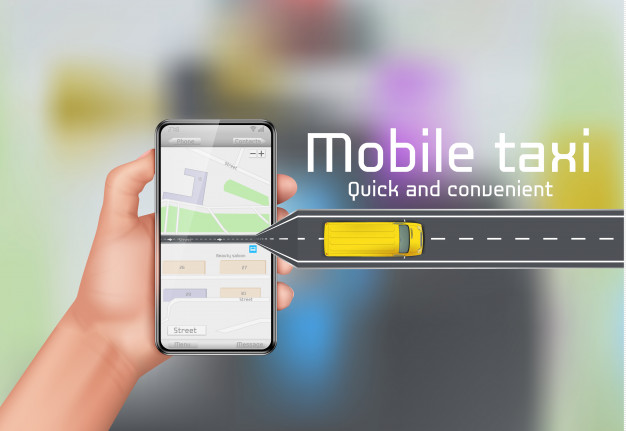Ride-hailing apps came to the market a decade back and have been a big hit since its inception, supporting people in terms of their daily transportation. It is cost-efficient, less time-consuming, and whatnot. Uber was the first taxi service giant to get into this business, and it became successful in a short span of time. Following it, many apps like Ola, Didi, Lyft, Hailo, 99, Yandex, and more entered the taxi business, and a consistent competition prevails between these giants to date. When we look at their success rate, strategies, apps, etc., there are a few takeaways that we get from them. This article will cover the challenges faced by these giants and the crucial factors that made them successful.
What are the stumbling blocks for traditional taxi service owners?
The traditional method of booking a taxi and assigning it to a customer is not prevalent in most parts of the world now. Currently, taxi bookings are being made through online apps that provide taxi services at nominal rates. It is convenient that way as you can find a ride with a single tap. The owners of the taxi business are also finding the app useful as it helps them manage and monitor their business efficiently. However, there are a few reasons due to which the traditional method was replaced by online apps. They are listed below:
Increased number of employees:
With the traditional method, the number of employees to be hired for the process was more. A separate team had to be assigned for receiving calls from customers, finding an available driver, filling the details of the customer, assigning a driver to the customer, providing routes and directions, and more. If the taxi service was put up in different regions, then each region needed a set of these teams to operate efficiently. So, the taxi business owner ended up paying all the employees and thereby yielding low returns on their investments.
Documentation:
The paperwork or documentation was huge and was very difficult to manage. Each customer and driver data, trip history, and other important records had to be stored in abundance. When required for any purpose later, it was onerous to find a particular record. So, as time went by, the records were not maintained properly.
Increase in error percentage:
Since the process was being carried out manually, the number of errors increased, and there was confusion at times of demand. Drivers would get assigned wrongly, and they would take a lot of time to reach the destination as they would not know the directions. This increased the overall error percentage.
What are the three carryouts you get from successful ride-sharing apps?
Many ride-hailing apps launched in the market have become successful due to certain factors. After analyzing these factors, a set of key takeaways is obtained from them. They are listed here:
Local drivers- one of the key focal points:
When you have a ride-hailing business, it is vital to include the local drivers in your business. The local drivers may not get trips on a daily basis, leaving them unemployed for a few days in a month. So, the taxi service owners can help the local drivers by providing them employment on the days they do not have trips. Since transportation is the main issue that people face, collaborating with the local drivers will give you the opportunity to serve more customers than you expect.
Advanced features and filters:
The app that is developed for the taxi service should have a set of features that will help the customers get a ride of their choice quickly. Facility for talking to the support team, accessing driver details, rating the rides, providing feedback, and more. Analyze the market and your competitors’ app to get an idea of the features they have included in their app. Attributes that are not available in their app can be included in your app to make it more innovative.
Security and stop points:
Safety and security is the main concern of people when taking a ride. So, a few features to help them during emergency situations can be included in the app. This will make the customers feel that the service offered is safe enough to be used regularly.
Stop points indicate the drop points in between a source and a destination. If the customer wants to have a stop point or multiple ones, then they should be able to specify it in the app at the time of booking.
Conclusion:
The effective way to run a taxi service is by using an online app for it. Find an app development company that offers a feature-rich app for your business. Consider the above-discussed factors before you proceed to the Uber clone app development process. The three takeaways will help you increase the customer base and yield higher rates of profit. Build an effective app today and launch your taxi service in the on-demand market.

